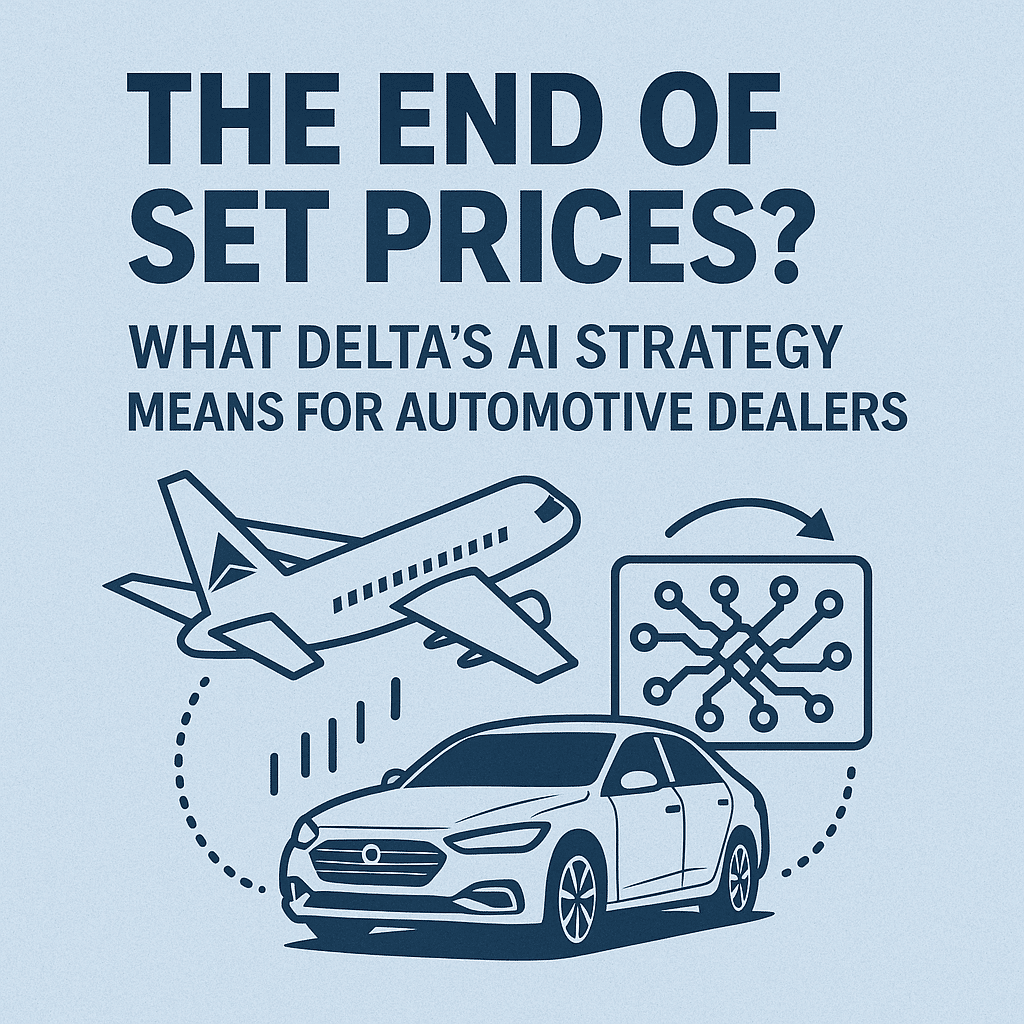During a video presentation at the Auto Dealers Innovation Series, Baris Akyurek of TRADER Canada had nothing but good news to share with Canadian dealers.
Source: AutoSphere – The speaker, who is passionate about the economy and the automotive industry, is an analyst director at TRADER Corporation.
In this capacity, he works with both car manufacturers and dealerships and has strong ties to financial institutions that constantly make economic predictions.
Combining his experience with information obtained from his many sources, Akyurek explained that the current economic climate is favourable for dealerships and that this favourable climate should continue over the next few years.
The past 18 months have been fraught with uncertainty, he noted, particularly in the automotive sector where the turmoil caused by the COVID pandemic was compounded by the microchip shortage and logistical impediments.
“That said, the pandemic also saw people working from home in large numbers and saving an astonishing amount of money. Some families have been able to save nearly a third of their salaries.
“They have used this to pay down high-interest debt and invest in home renovations. This savings percentage should gradually return to normal levels, around 4 percent, as our economy recovers and consumers spend more.”
Willingness to buy
The fact remains that families are generally well-stocked with money.
A survey conducted by TRADER Canada illustrates one factor and Akyurek shares a factor of particular interest to our readers.
Nearly half of respondents confirm that the pandemic has allowed them to put more money aside. And 64% of that total plan to use that cash to buy a new vehicle soon.
Some 42% of respondents who said they were considering a purchase were not thinking about it before the pandemic. And the survey also indicates that of those consumers who now want to purchase a new vehicle, 34% want to buy a vehicle that is more expensive than their last purchase.
“People don’t want to take the bus anymore,” says Akyurek. “In addition, their intention to go for a larger vehicle or a more luxurious model is reflected in the superior sales performance of premium car manufacturers compared to mid-range vehicles.”
Market imbalance
There is an imbalance between supply and demand in the automotive market right now and has been for several months.
Supply problems on the one hand and strong consumer demand on the other are driving up prices for both new and used vehicles.
“According to our data, the average price of a new vehicle is almost 7% higher than the average asking price of the same vehicle last year, at $48,534 in Canada,” explains the analyst.
“The situation is even more remarkable on the used side where the average Canadian price is $30,967, a comparative increase of 22.8 percent.”
AutoTrader.CA research also indicates that 30 percent of motorists want to replace their vehicle with a larger model. Within that consumer segment, 48% want to do so by transitioning to an SUV and 32% want to do so by getting into a pickup truck.
This illustrates the push of light trucks in our market at the expense of the passenger car,” says the expert. This explains the considerable pressure on these models, as the selling price of SUVs has increased by 25% compared to the same period last year, whether they are new or used vehicles.
According to him, a 30% increase would be the psychological threshold where a consumer will postpone their purchase or opt for a model that is less in demand.
Changing habits
Akyurek sees that consumers have money in their pockets and have changed their approach to mobility.
“This is great news for our car dealerships,” he says. “And we see this trend continuing even after the pandemic when it will take a good period for manufacturers to rebalance supply and demand and stabilize prices. This could last until 2025.”
He says automakers shouldn’t discount their vehicles until demand and supply stabilize, especially since the consumer right now is not very price sensitive.
People interested in buying a new or used vehicle, whether they are first-time buyers or existing vehicle owners, have also changed their approach to shopping.
It’s no surprise that the pandemic has driven them to digital platforms where they can search for all the information they need to complete the transaction and compare offers.
However, Canadian dealerships are seeing a 13% increase in consumer visits to their stores compared to last year.
What’s surprising to learn is that one-third of people looking for a vehicle are willing to drive more than 400 kilometres to find the model of their choice.
“The digital marketplace is booming, people are getting more information than ever before and distance no longer matters,” concludes Akyurek.




